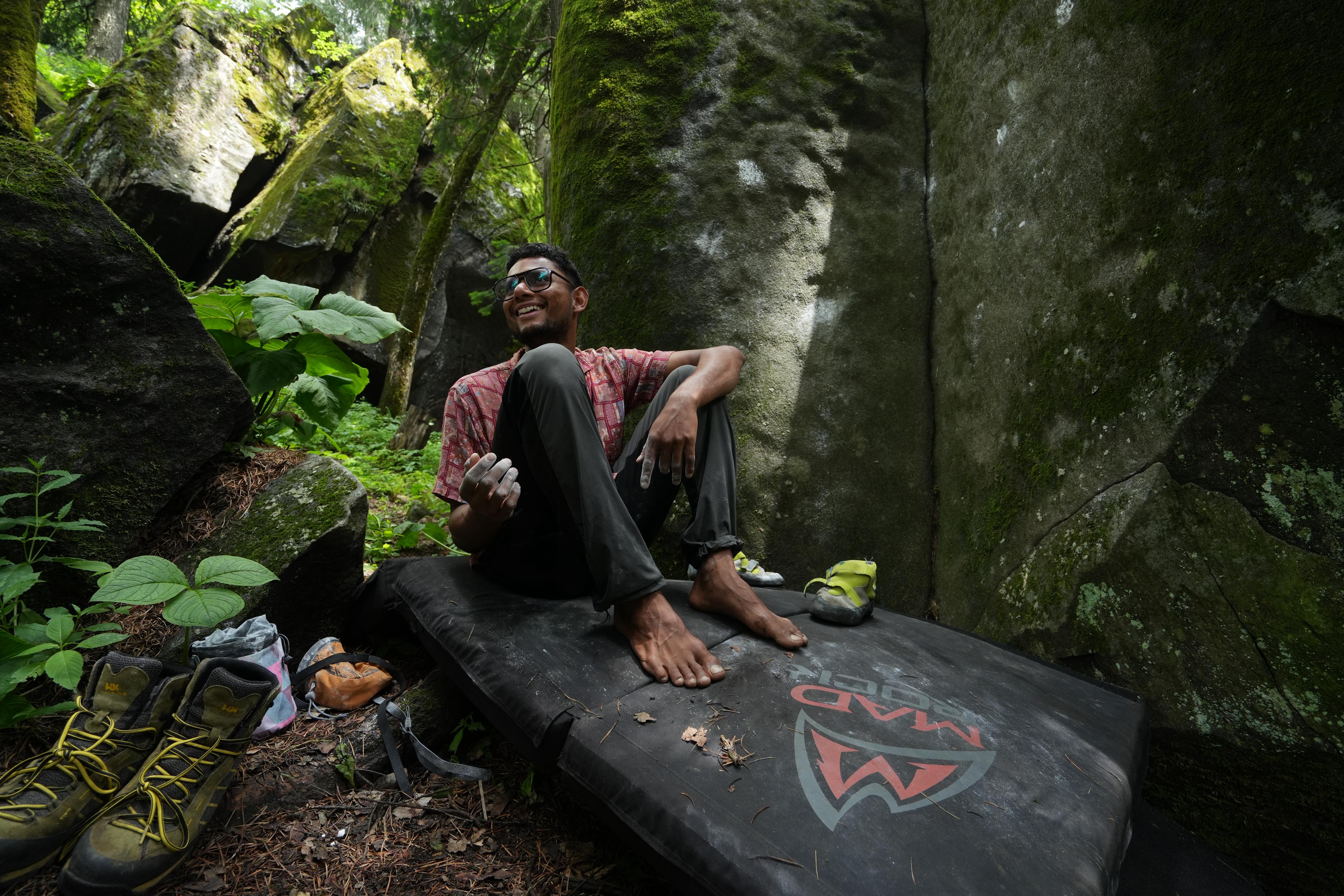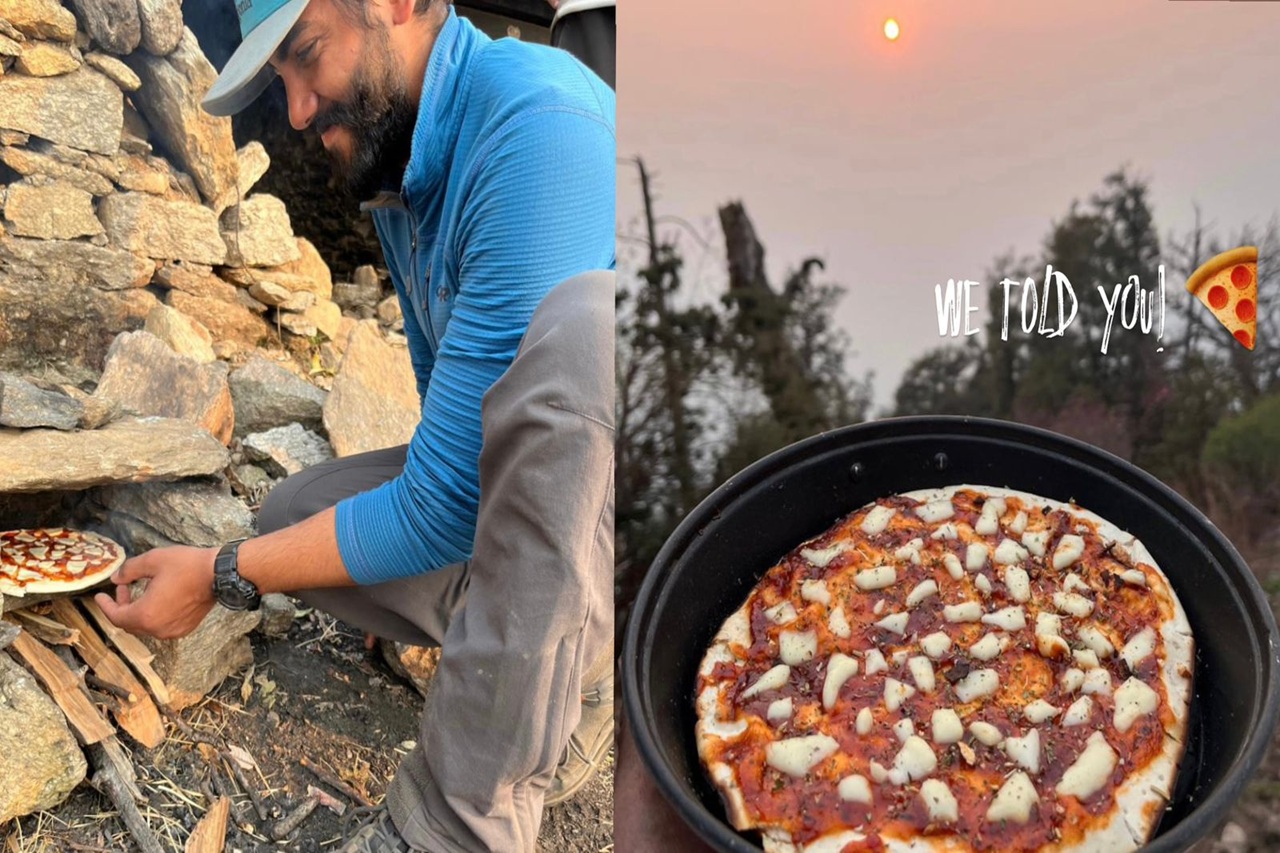In the Himalayas, food is not just fuel — it’s an experience, a source of comfort, and sometimes, even a lifeline.
Whether you’re crossing high passes or pitching tents by a forest stream, the way you cook in the backcountry can shape your entire journey. For us at Odyssey, cooking in the outdoors isn’t an afterthought — it’s a central part of the experience.
So let’s dive deep into what backcountry cooking really means in the Indian Himalayas.
What Is Backcountry Cooking?
Backcountry cooking means cooking in remote, wild locations with minimal equipment, limited ingredients, and lots of improvisation.
While in the West it might look like freeze-dried meals or dehydrated snacks, in the Indian Himalayas it often involves pressure cookers, kadais on gas bhatti (big stove and cylinders), and an open fire under the stars.
But modern backcountry cooking is shifting — thanks to smart gear, lightweight meals, and inspiration from NOLS and Outward Bound style expeditions.
At Odyssey, we blend that Western minimalism with Indian soul-food staples like dal chawal, masala poha, and even ghee-soaked parathas, sometimes even Dosas.
The Experience: It’s Not Just Cooking, It’s a Team Ritual
Cooking outdoors becomes a highlight of the day.
The team gathers. Someone’s chopping garlic. Another’s lighting the stove. People argue over how spicy the curry should be. Someone secretly makes extra pancakes. It’s a collective joy.
You decide when to eat, what to eat, and how much to eat. Sometimes meals are planned, other times they’re spontaneous — and that’s the beauty.
On cold evenings, you’ll find trekkers huddled around the pot, taking turns stirring. It’s bonding, it’s fun, and it brings warmth far beyond calories. We usually end the day with hot chocolate by the fire.
Health + Hygiene in the Backcountry
When you’re burning 3,000–4,000 calories a day on the trail, what you eat matters.
A few rules we follow:
-Balance of carbs, fats, and protein — We aim for calorie-dense, mix of real and dehydrated food that helps in recovery and sustains long days.
-Hydration — Soups, energy drinks, and plain hot water are essential.
-Hygiene — We clean everything, from knives to chopping boards, with boiled water or filtered stream water. Hands are always washed before and after cooking. Trust us, even a small stomach bug can derail the whole trek.
We’ve even taught kids how to cook pasta and clean a kitchen tarp like pros. It’s part of outdoor education.
What We Cook: From Campfire Staples to Gourmet Hacks
We don’t believe in boring trail food. Yes, oats and khichdi exist — but our menu goes beyond that. Here are a few of our Odyssey favorites:
Mac & Cheese with a Twist
Cheesy, gooey, and full of carbs. Add dehydrated mushrooms or veggies for extra nutrition.
Gado Gado Pasta
Inspired by Indonesian peanut sauce. Noodles or pasta tossed with a tangy-sweet spicy peanut butter sauce. This is Vijeet's favorite
Pancakes
Made from instant mix, topped with peanut butter, honey, and trail mix. Great for breakfast or dessert.
Dal Chawal
The OG backcountry meal. We go crazy if we don't eat this for some days.
Pizza
Believe us when we say this, we've cooked this at 12,000ft in a stone oven
Energy Bombs & Trail Snacks
Dry fruits, peanut butter, jaggery, roasted chana, protein bars — all designed to give quick energy on the go.
Soups & coffee
Our morning does not start without hot beverage. We usually pick our favorites from green tea to chamomile tea to coffee to chai, we carry everything with us.
How We Manage Nutrition in Harsh Terrain
You lose a lot more than sweat while trekking. You burn thousands of calories, dehydrate fast, and often forget to eat enough.
Here’s how we balance it:
-Pre-cooked mixes (just add hot water) save time and deliver nutrition.
-High-fat, high-carb meals like pastas, parathas, and nut butters give slow release energy.
-Fueling through the day with regular small snacks keeps blood sugar steady.
-Recovery meals at night with protein and fat help you recover faster and sleep better.
Final Thoughts
Backcountry cooking isn’t a chore. It’s creativity, community, and care — all in one pot.
It’s about building skills, bonding with teammates, and finding joy in simplicity. And when it’s done right, it turns into one of the best parts of the trek.
So whether you’re flipping pancakes on a camp stove or stirring dal over a woodfire, remember — this is where the real adventure is simmering.
Want to learn how to cook in the wild with us?
Join our next backpacking trek. Bring your appetite, we'll show you how it's done.
 Nithyam Nachappa
Nithyam Nachappa
